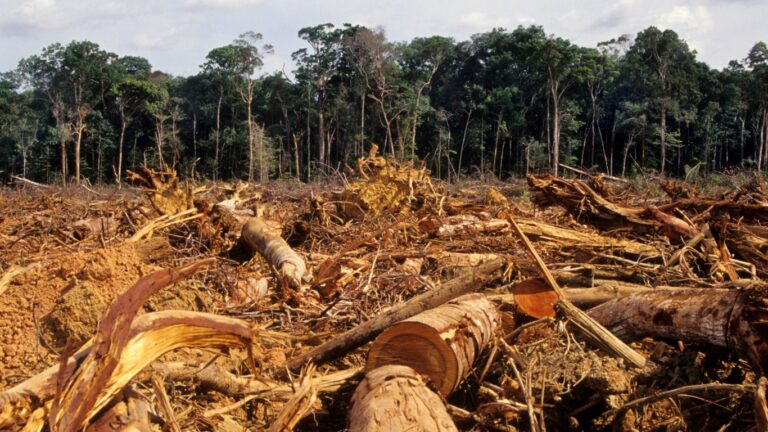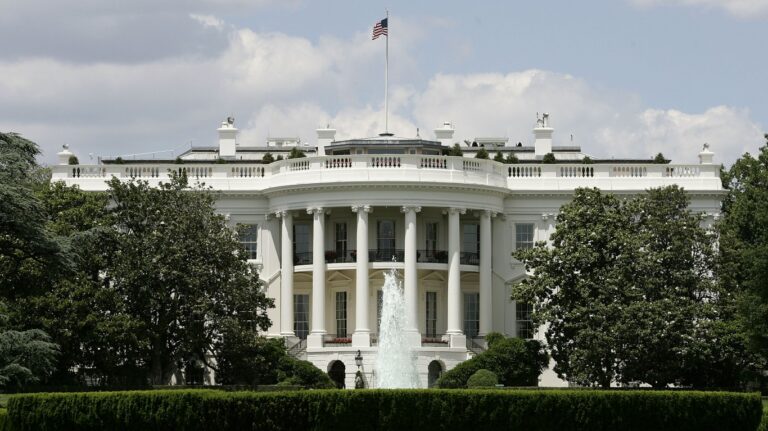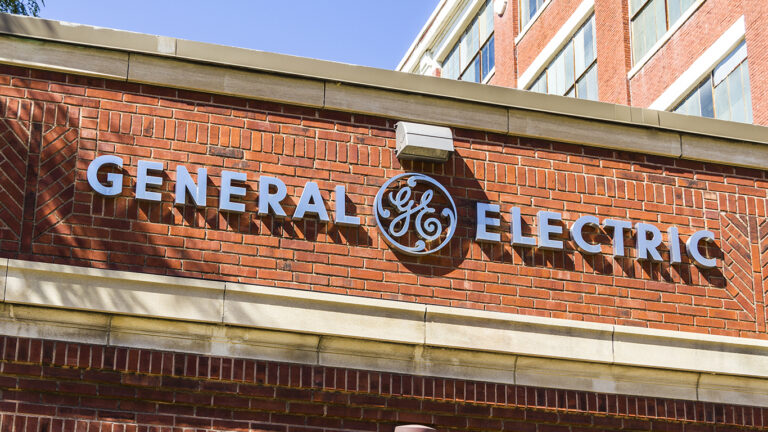Climate Crisis AM Edition 3/14/24 Climate Risk To Prisons

Huge parts of Texas, where the population is growing quickly, are also likely to be areas hit hard by climate change. According to The Hill, “On the one hand, the state population is expected to nearly double by 2070, according to the state Water Development Board. That expansion means a vast expansion in both thirsty customers — and the water-demanding industries and power sector that supply them — as well as asphalt and concrete that traps heat and whisks away water that might otherwise seep into subterranean aquifers.”
Climate Finance —The Effects On The Global Economy
Climate Devastation —Louisiana Flooding Risk
Saudi Arabia, one of the oil-rich countries in the world, wants to become a force in the global mining business. According to Semafor, “Saudi Arabia sees vast riches beyond oil within its reach. The kingdom’s broad-ranging ambition, a top mining official told Semafor, is to extract the more than $2.5 trillion in metals in its soil, invest in minerals extraction around the world, and capture as much of the minerals value chain as possible.” Oil demand is expected to decline over the next several decades. Mining would be a way for the kingdom to mitigate some of the negative economic effects.
Climate Risk For Prisons
Some of California’s prisons and prisoners are at physical risk because of climate change. According to The New Republic, these risks include wildfire and floods. Based on data collected by the magazine, “More than 2,200 surveys were sent to incarcerated people in 25 prisons. Their names came from EBC’s mailing list. Using both randomized selection and snowball sampling, the survey collected firsthand experiences and perceptions of more than 560 incarcerated people. The conclusion was that incarcerated Californians face life-threatening risks from wildfires, extreme temperatures, and flooding.”
Oil giant Shell has backed away from some of its climate goals. According to the FT, “Shell had previously said the net carbon intensity of its energy products would fall 20 per cent from 2016 levels by 2030, and then 45 per cent by 2035 and to net zero by 2050.The company said on Thursday it was now targeting a 15 to 20 per cent drop by 2030 and would abandon the interim 2035 target.”






